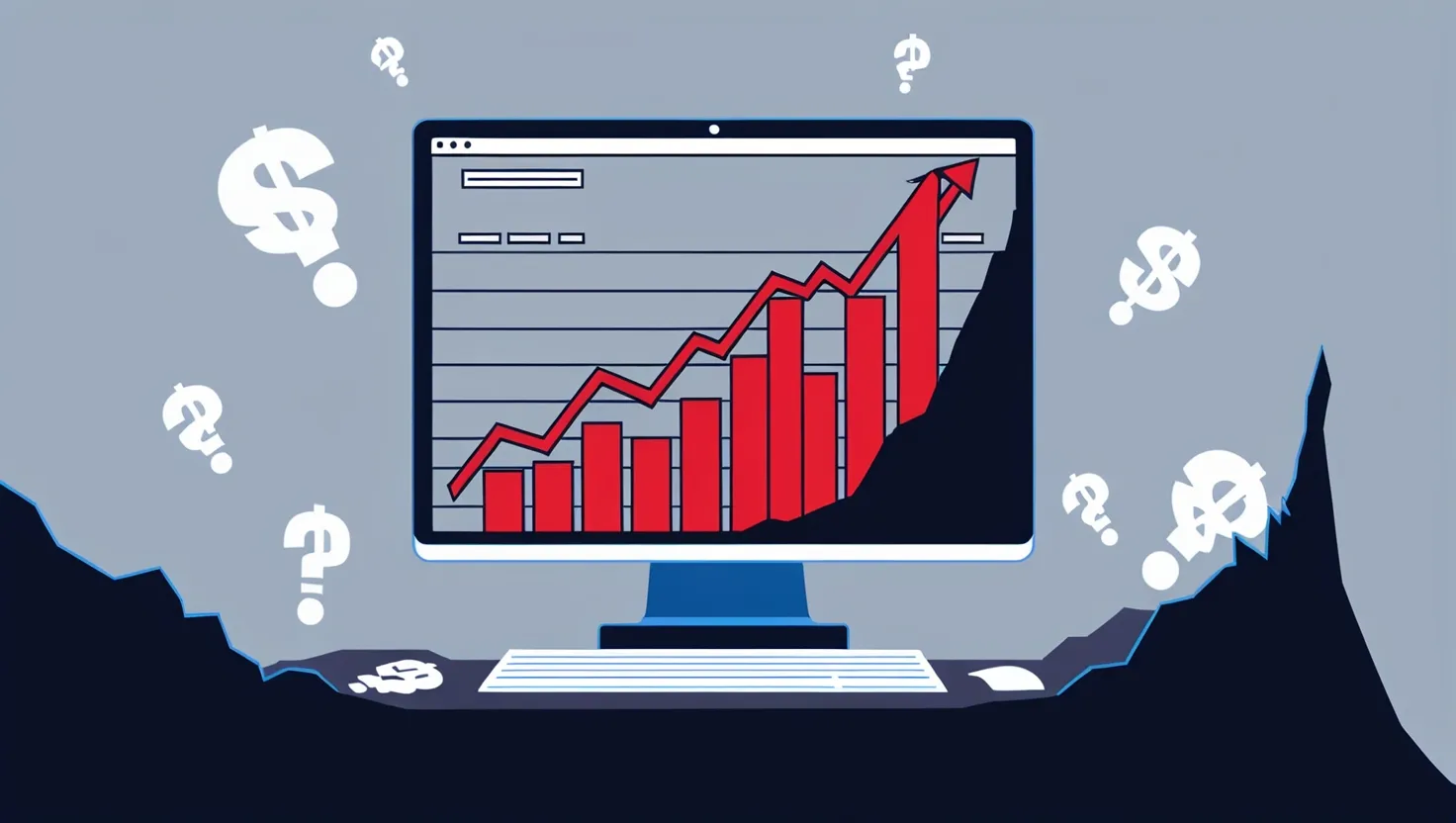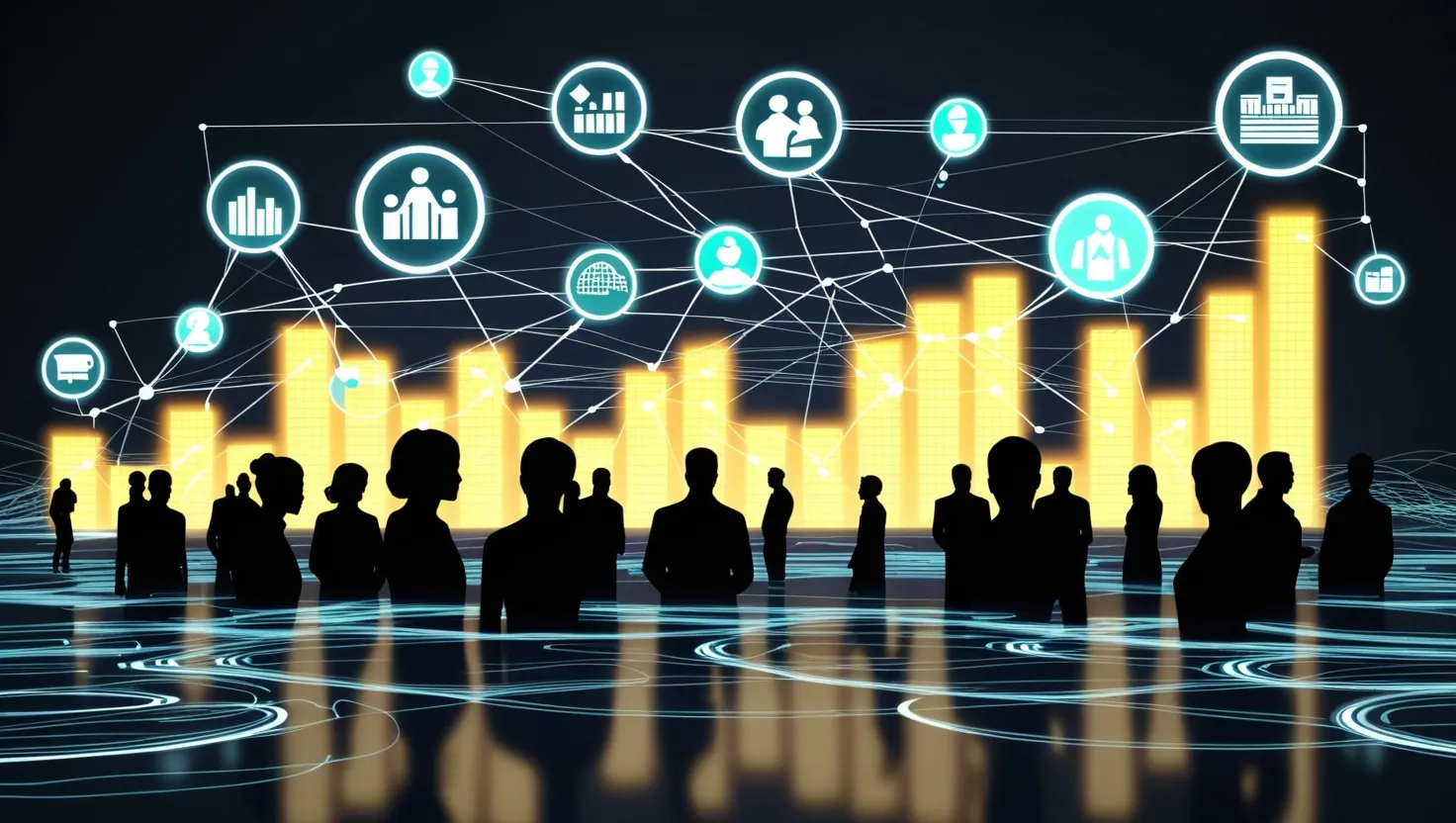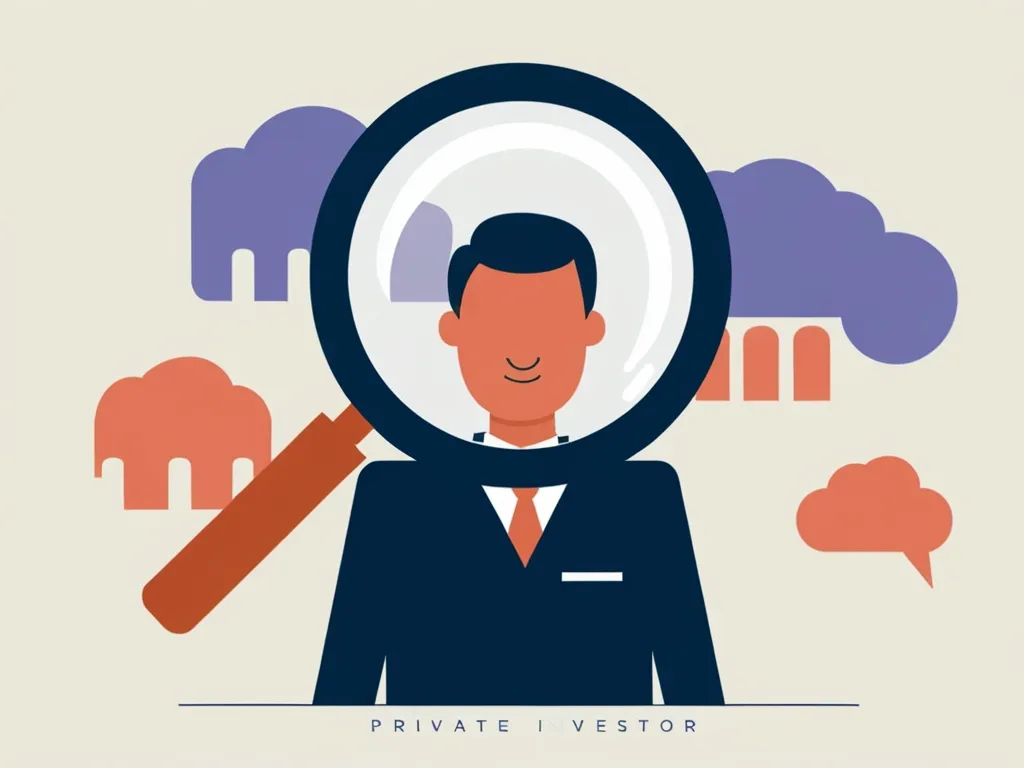Using credit cards can be a fantastic way to build your credit and score some sweet rewards, but it demands a bit of planning and self-control. Let’s dive into how to make the most of your credit cards without getting buried under debt.
First off, picking the right credit card is clutch. There are tons of options out there, so you need to find one that vibes with your spending habits and financial goals. If you’re a travel junkie, snag a card that offers airline miles or travel points. If saving money is more your style, a cashback card for everyday items like groceries or gas might be a lifesaver.
When you’re comparing cards, do the math on the reward rates. Let’s say a card gives you two miles per dollar spent, and each mile is worth a cent – that’s basically 2% cashback. Look out for annual fees too; make sure the rewards you’ll rack up are worth more than these costs.
Paying off your balance in full each month is key. This practice keeps you from paying those nasty interest charges, which can average over 17%. Letting a balance roll over from month to month can snowball into serious debt, and no one wants that kind of headache.
Building credit is like planting a seed; it takes time and care. Using your credit cards responsibly is hands-down one of the best ways to boost your credit score. Regular purchases and on-time payments can significantly bump up your credit score over time. A good score can open doors – whether you’re looking for loans, renting an apartment, or even landing a job. Plus, it can get you better interest rates and insurance deals.
Keep an eye on your credit utilization ratio, which is just a fancy way of saying how much of your available credit you’re actually using. Aim to keep this below 30%. For instance, if you’ve got a $10,000 credit limit, try not to charge more than $3,000. This prevents a dip in your credit score and keeps your credit history looking sharp.
Credit card rewards can seriously stack up, offering you cash back, points, or miles for your spending. If you put everyday purchases on your card, those rewards start to accumulate fast. Imagine spending $1,000 a month on a card that gives you 2% cashback – you’d end up with $240 a year just for doing what you already do. Some cards even offer higher rewards for specific types of spending like groceries or dining out, so you can maximize your returns.
Get to know your card inside and out. Understand the fees and interest rates tied to it. Watch out for annual fees, late payment penalties, and balance transfer costs. Some cards hit you with higher interest rates, which can really add up if you’re carrying a balance. Always weigh if the rewards you earn make up for these charges.
Stick to your budget. Use credit cards for purchases you’d normally make anyway – like paying utility bills or filling up on gas. Pay off the balance in full each month to stay in control and avoid debt. It’s crucial to live within your means and steer clear of overspending.
Debt can sneak up on you if you’re not vigilant. Don’t miss payments and aim to pay more than the minimum balance whenever possible. If making your monthly payments starts to become a struggle, tweak your spending habits. Be realistic about your purchases and keep your credit utilization low.
A few extra tips – always read the fine print before getting a card. Know what you’re signing up for. Regularly check your credit report for errors and manage your credit use to keep your score from dropping. Avoid maxing out your card; it’s bad news for your credit score. Keep an eye on those tempting sign-on bonuses too, and remember not to overspend just to snag them.
Let’s look at a real-life scenario. Take a family who skillfully uses multiple credit cards to get the most bang for their buck. They might have a Blue Cash Preferred Card for groceries, a Citi Double Cash Card for everyday purchases, a Discover it Cash Back for changing categories, and a Chase Freedom Flex for extra cashback. By smartly managing these cards, they can earn hundreds in cashback each year. For example, if they spend $475 a month on groceries and get 6% cashback, they’re looking at an annual reward of $342 just from grocery shopping!
Ultimately, using credit cards smartly is about finding the right card, paying off your balance in full, building your credit, and leveraging rewards without falling into debt. Stick to these guidelines and keep an eye on your spending habits. You can enjoy the perks of credit cards while keeping your financial health in tip-top shape. Remember, credit cards are just tools – if you use them wisely, they can help you hit your financial targets without any drama.






